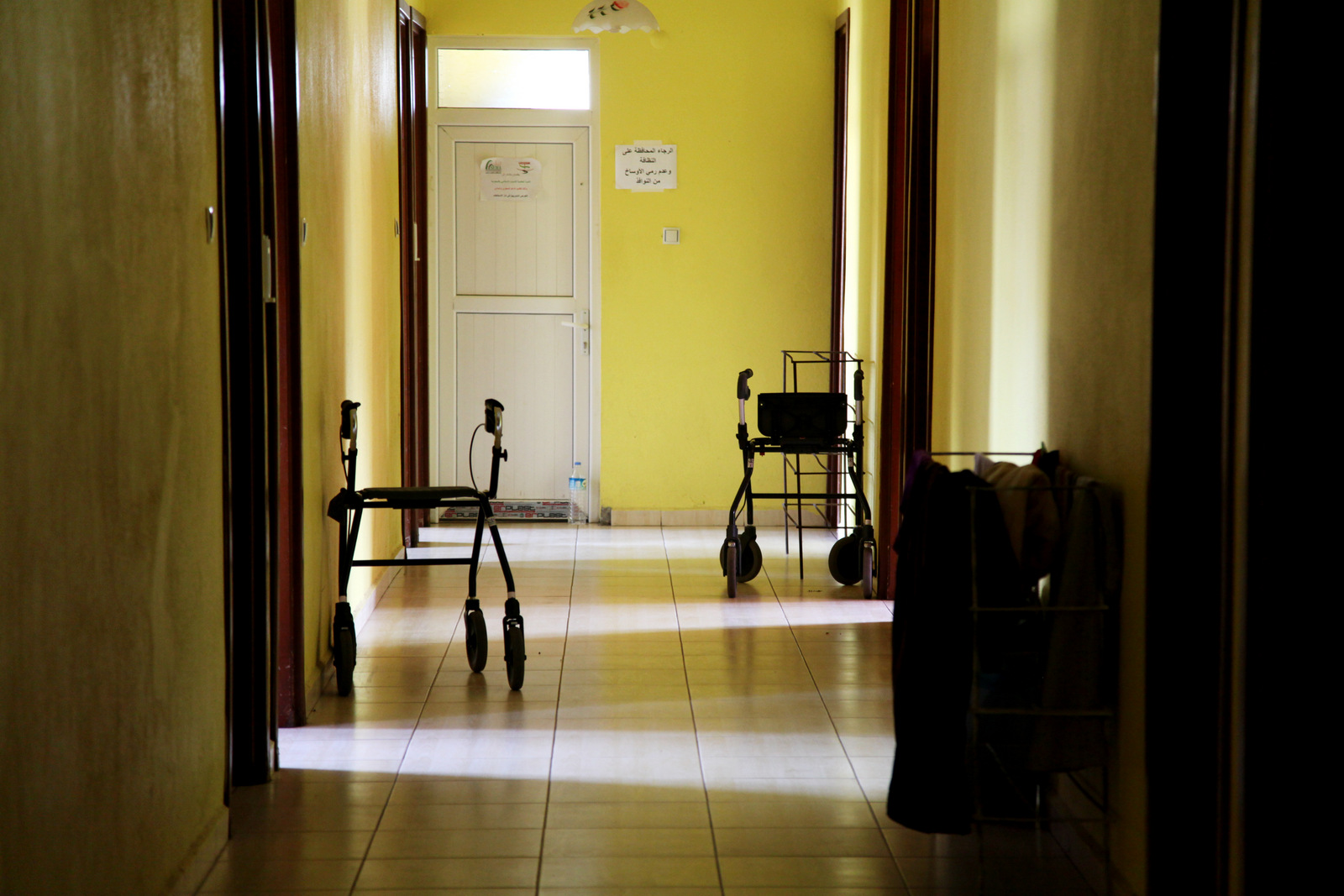U.S. News – Another Casualty of Syria’s War: Its Medical System

The once prosperous nation is facing a health care crisis
By Ron Waldman, President of the Board of Directors of MdM-USA, Professor of Global Health at George Washington University President and one of the signatories of the open letter ‘Let us treat patients in Syria‘ published in the Lancet on 16 September 2013
In Syria today, the unmitigated violence is what generates attention grabbing headlines and disturbing images seen around the world. Mortar blasts, sniper fire, fighter jet sorties and, maybe even, chemical warfare are only the most spectacular of the threats to civilians throughout the country.
But amid the terror and tragic loss of human life, there is another burgeoning crisis – the total breakdown of the country’s medical system. On a recent visit to Turkey, Jordan and Lebanon, the countries that, together with Iraq, are receiving the refugees of the Syrian civil war, it became clear to me that this crisis is different from most others to which the humanitarian community has responded. Preparations for a less visible crisis need to be taken now, in advance of conflict eventually ending in the region.
It is important to keep the Syrian situation in proper perspective. Until the beginning of the war, Syria had a relatively well-developed economy, a large middle class and a high-level, functioning health care system. But with the kind of tragic irony that only war can produce, these factors have been perverted into one of the biggest humanitarian liabilities facing Syria today.
Like the rest of the developed world, Syria’s medical system devoted a large proportion of its resources to treating the high burden of non-communicable diseases, “diseases of the rich,” from which large swaths of its population suffer. What clearly distinguishes the Syrian refugee crisis from most others, from the health perspective, is that it is characterized not by malnourished babies, not by children suffering from vaccine-preventable diseases and not by diseases caused by poor hygiene and sanitation, but rather by patients requiring treatment for diabetes, high blood pressure, depression, cancer and other chronic conditions.
According to the U.N., one-third of Syrian hospitals have been shuttered since the conflict began and a staggering two-thirds of medical personnel have either fled or been unable to continue working. The repercussions of this breakdown on the health of the population are impossible to overestimate, and cannot be dealt with effectively until safe access for medical and public health personnel can be assured.
During my recent visit, I observed the the thousands of people with chronic conditions stranded in the region’s refugee camps. Unlike children with acute illnesses that can be treated relatively easily and inexpensively in the short term, these patients need on-going care with relatively expensive medicines or procedures. Because treatment in Syria may have been different from what is customarily done in their new host countries and because the cost of that treatment may be too much for those countries to absorb, given the large number of refugees, those who manage to survive the physical violence of the war will find themselves facing the irreversible advance of chronic illnesses without adequate medical care.
The humanitarian community has encountered similar catastrophes in the past. During the Balkan and Kosovo wars of the 1990s, the situation was the same. But, as is so often the case, problems were identified, but lessons were not learned, and the world remained unprepared for another humanitarian health crisis in a middle-class country.
What needs to be done? Decisions need to be made by host country authorities and the international community as to how to guarantee continuity of care for Syrian refugees currently suffering from chronic conditions. Decisions need to be made as to how to ensure that new cases of chronic diseases will be properly diagnosed in a timely manner and that treatment, once initiated, can be continued for a lifetime. U.N. agencies, especially the Office of the U.N. High Commissioner for Refugees and the World Health Organization, must develop and implement policies and protocols that provide medical coverage for those in Syria and in other countries at risk of suffering the same fate if their health care systems should be destroyed.
One day, the war in Syria will end. The question at that point will be what kind of society, what kind of life, will the people of Syria have? What kind of health care system will be rebuilt? Careful planning, ideally undertaken by health care professionals working on both sides of the current conflict, will be required.
That planning needs to start now. If it does not, the carnage that we are currently witnessing could, unfortunately, be only the tip of the iceberg – shorter life and high mortality could be prominent features of Syrian society for many years to come and may, in the long run, be as far-reaching and devastating as the war itself.
Original article on usnews.com available here
More information about our medical programme in Syria…